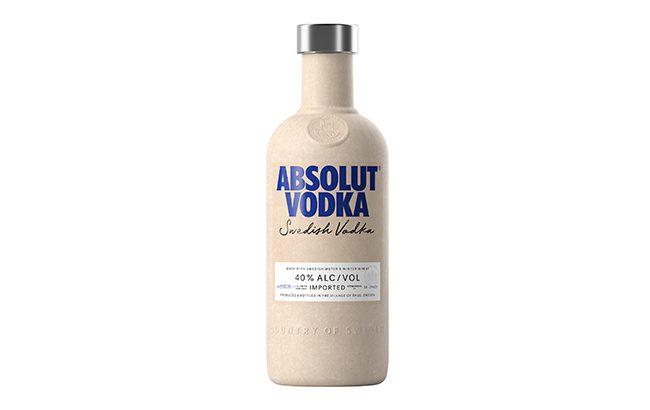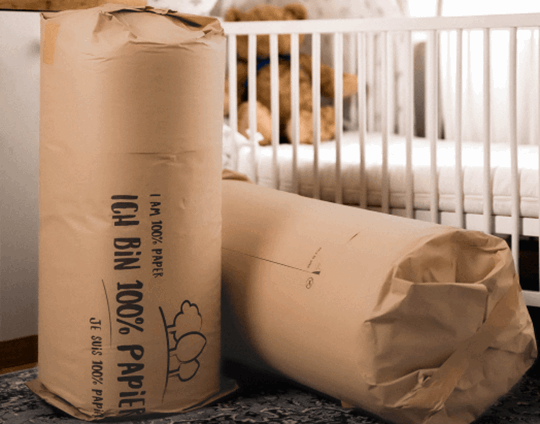The global conversation surrounding the role of single-use plastics in forward-looking economies really boils down to tackling a central objective: reducing waste. Following the widespread acknowledgement of the significant negative environmental, health and economic impact of single-use plastics, a new directive on reducing the impact of certain plastic products on the environment (referred to as the SUP Directive) has been approved.
While these types of plastics are often the focus of the anti-waste movement, the trend is gaining momentum at the social, corporate and government levels, which is creating new opportunities for stakeholders across the global pulp and paper industry.
The European Commission’s Scientific Advice Mechanism published a new report “Biodegradability of Plastics in the Open Environment” on December 14 which identifies applications of biodegradable polymers that contribute towards achieving a circular economy, and works through the challenges of managing the EU’s waste.
The European Council also recently adopted a proposal to levy a plastic tax that would go into effect starting January 1, 2021. The proposal would collect a share of revenues from national contributions calculated on the weight of non-recycled plastic packaging waste at a rate of €0.80 per kilogram. There are still some open questions, however, regarding the tax proposal, timing and the implementation mechanism.
This is an important development for several reasons.
- Plastic is widely used for packaging of consumer goods, and the new tax structure would carry significant implications for manufacturers of this product.
- Market competition between producers of different types of polymers is fierce. While they are all trying to increase market share in applications that are not “natural,” there is increasing competition from manufacturers of other materials (aluminum, glass, etc.), as well as producers of natural fiber solutions such as paper.
- All polymer producers are trying to find an effective approach to becoming more sustainable while avoiding any sort of negative ramifications, and recycling seems to be the best solution. While polymer producers are beginning to see recycling as a threat because it reduces the consumption of virgin polymers, it has actually become an opportunity and an easy way to differentiate and provide value to customers and stakeholders. However, a whole new sustainable structure still needs to be created that would include collection, technology developments (mechanical and chemical recycling), quality, etc.
- Bottle brands have been leading the change in the bottle/packaging industry with their target of bio-content and percentage of recycling; segment goals are even more aggressive than the legislation.
- As a result, many polymer manufacturers have been actively investing in recycling plants to understand the process and control the new feedstock (bales, bottle, package), which changes the corporate approach from being strictly cost-oriented to becoming value-oriented.
Plastics (synthetic resins) and their intermediates are commonly seen as a target for initiatives like SUP because they are petroleum based, CO2 “heavy,” energy intensive and are oftentimes difficult to dispose of. However, they do offer some superior attributes such as strength, durability, low-weight, flexibility and good barrier properties, with differences in recyclability that may represent advantages.
What’s Next?
Under growing Environmental, Social, and Corporate Governance (ESG) pressures, European policymakers are aiming to transform the plastic economy from a linear one to a circular one by 2030. This transition is expected to be accomplished by raising the recycling rate, converting more plastic waste into a secondary raw material, and making more packaging reusable and recyclable. The plan is to essentially raise the cost of unfavorable packaging to such a level that it acts as a disincentive to manufacturers, which will spur innovation in product and design changes that are more environmentally friendly.
Many policymakers are anticipating that packaging companies will shift to nonplastic alternatives such as wood, paper, cotton or metal. They have also charted a course for gradually replacing 10 daily-use plastic articles by 2025, which could have an overall market impact as high as 2-3% of demand, especially with the EU-wide ban of single-use plastic and the Extended Producer Responsibility (EPR) schemes established through the SUP Directive.
Plastic products have become so ubiquitous in our daily lives that finding suitable replacements will open up a number of considerations that impact the entire supply chain – from manufacturer to consumer. Chief among them will be addressing technical limitations of non-plastic products. The global COVID-19 pandemic has drastically changed consumer behavior and demand patterns; more and more products are shipped for consumer delivery and designing non-plastic containers that are light and durable will be a challenge innovative packagers must address.
The global anti-waste movement is gaining momentum, which is creating an economic footrace between plastics and the paper industry. Paper producers must continue to innovate and provide packaging solutions while controlling costs; if they can demonstrate viable alternatives to a number of plastic-based products, the proposed plastic tax will provide an indirect boost to the P&P sector.










